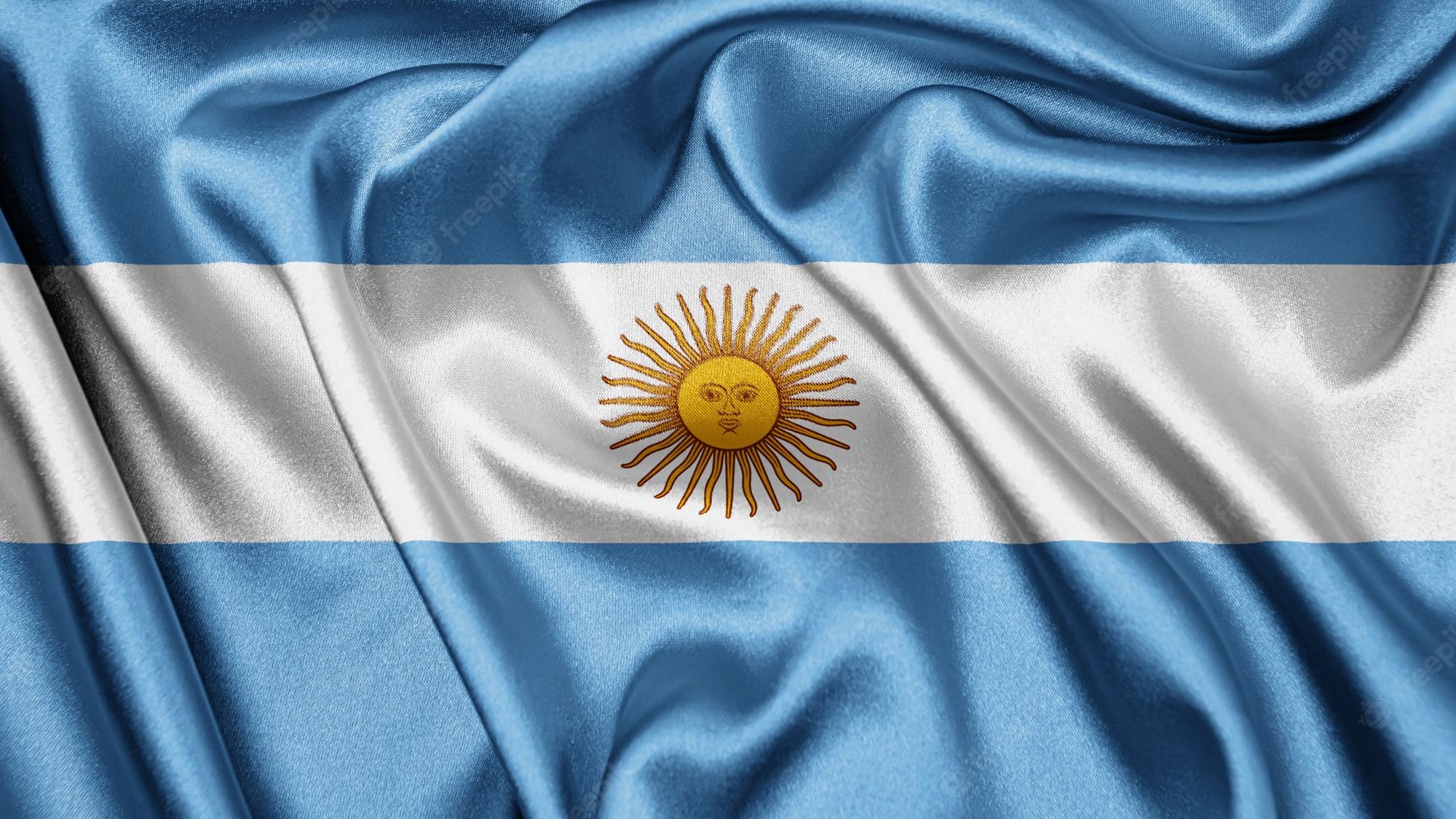Who is behind the colors of the Argentine flag?
The history of the iconic jersey of world champion Argentina: The Argentine flag consists of three horizontal stripes. The top and bottom stripes are sky blue, and the middle stripe is white. The white stripe features the national emblem called the May Sun.

Argentina's national team jersey, which won the World Cup for the third time, is breaking sales records. Adidas announced that Argentina and the team's star Messi jersey are out of stock all over the world. Not only Argentines, but many different nationalities are interested in this jersey. Because Argentina, which was founded with a rebellion against colonialism, not only defeated France in this cup but also defeated the imperialist authority of a period and received a historical rematch. The blue and white colors of the team, which attract great sympathy, also reflect this history. Schools in Argentina teach that the flag takes its blue color from the sky, and the white color represents independence. But historians disagree. Here is the history of the flag, from which this iconic jersey took its colors, according to historians.
1- COLOR OF MAGNIFICENCE
In the Byzantine Empire, the continuation of the eastern half of the Roman Empire, blue was considered the color of the nobility, the emperor, and the empress. Blue is an expensive color. It began to represent splendor. As the holiness of the Virgin Mary became widespread, the artists decided to depict her in blue robes. Starting from the 5th century, a stone called azurite was used for the robes of the Virgin in Byzantine mosaics. In the Renaissance, artists used lapis lazuli, which came from mines in Afghanistan and was more expensive than gold, to paint Mary's robe in their works.
2- SPECIAL ENGAGEMENT FOR THE GRANDCHILD
In the 18th century, the King of Spain was Charles III. At that time, the Spanish Empire ruled the region known today as Argentina. The King declared the Order of Charles III in 1771, upon the baby news of his son Charles, who has been married for five years and has no children. Those who showed virtue and merit would be honored with this badge. It should have been a special color for this engagement. Charles had prayed hard for Mary to have a granddaughter. For this reason, the colors of the ribbon of the engagement were created with blue and white representing the Virgin Mary. Even if their first-born grandchild died, this engagement did not change. When his son, Charles IV, took the throne, he wore the belt in the colors of the insignia created by his father.
3- SYMBOL OF THE REGULARS
3. Charles chose a paler blue than previous depictions of Mary. He ordered the light blue color in the painting of the Virgin, commissioned by Giovanni Battista Tiepolo in 1767. By 1808 Napoleon Bonaparte appeared on the scene and began to advance in Europe. He forced King Ferdinand 7, the grandson of Charles III, to abdicate. Napoleon later replaced his brother, Joseph Bonaparte, on the Spanish throne. This incident sparked riots not only in Spain but also in Argentina. Argentine rebels wore the colors of the Order of Charles III to show their loyalty to the true ruler of Spain and their loyalty to Ferdinand.
4- SKY INSPIRATION
Two years later, in 1810, the Argentine War of Independence broke out. In 1812, leader Manuel Belgrano created the Argentine Badge (national sign), a symbol used to distinguish revolutionary forces from royalists. But for the cockade (Escarapela de Argentina), he preferred the pale blue and white used in the rebellion, representing the insignia of Charles III, the monarchy. Because he noticed that the rebels and the royalists used the same colors. The revolutionary government officially accepted this cockade. Belgrano designed the Argentine flag a few days later and used the same colors. Belgrano's design was adopted as the official flag of independent Argentina in 1816. The sun was added in 1818. When Belgrano first presented his design, he compared his colors to the sky and clouds. This has been interpreted as the inspiration for the sky and clouds.
5- RAILWAY WORKERS
This made sense, given Argentina's scenic landscapes… In the 1880s, a sport called football came to Argentina via British railroad workers. In 1891 the Argentines founded their first league, one of the oldest in the world, and in 1893 the football association. The Argentina national team wore a pale blue shirt in their first game against Uruguay in 1902. Six years later, in 1908, they wore a white and pale blue striped jersey while playing against Brazil. 114 years later, Argentina still wears the colors it took from its flag, the result of centuries of political, religious, and artistic developments.
